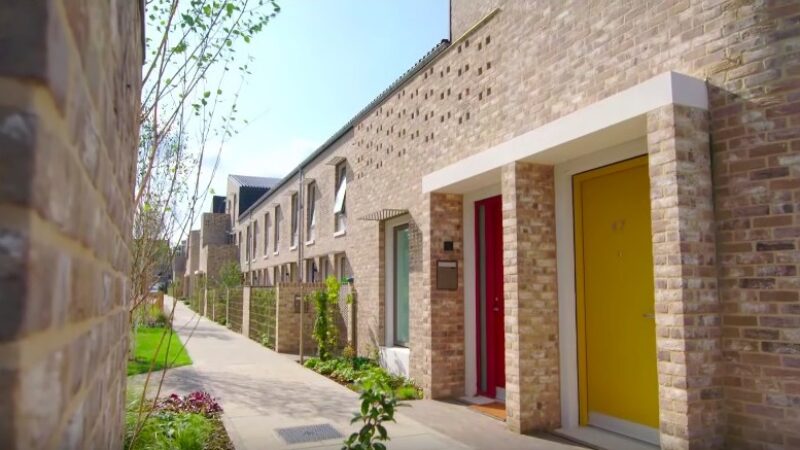
The government has just launched a white paper with planning proposals for what the Prime Minister has described as the “most radical planning reforms since World War Two”. The plans would involve establishing zones for “growth”, “renewal” and “protection”, with growth zones designated for almost automatic permission for new homes, hospitals and schools. The government has characterised this as a war against a defunct planning system, which is holding back the delivery of new homes in the housing crisis. But this is simply not an accurate representation of the situation.
Housing Secretary Robert Jenrick this morning told BBC Radio 4’s Today programme that a “complex planning system has been a barrier to building the homes people need”. But Local Government Association chair James Jamieson has flatly rejected this assertion, describing it as a “myth”. Analysis from the organisation in February this year revealed that over one million homes granted planning permission in the past decade have not been built. The data revealed that while 2,564,600 units have been granted planning permission since 2009/10, only 1,530,680 have actually been completed.
Research carried out by housing charity Shelter showed that, applying a lag of two years to account for time taken to get from approval to completion, only 75% of the number of homes granted planning permission between 2011/12 and 2015/16 were delivered in 2013/14 and 2017/18. There are lots of things wrong with the planning system that could be improved, but a failure to approve enough applications is not one of them. The government has manufactured a solution without a problem.
These proposals are not without harm. Key among the plans is scrapping 106 agreements and the community infrastructure levy (CIL). 106 agreements are legal obligations placed on developers by local authorities to make an application acceptable to the council. As Shelter puts it: “They are tragically one of the only ways we get social homes built these days, due to a lack of direct government investment, so it makes no sense to remove this route to genuinely affordable homes.” Meanwhile, CIL is a charge to raise money to fund the infrastructure, facilities and services – such as schools or transport improvements – needed to support the incoming homes or businesses.
The Royal Institute of British Architects have described the new government plans as “shameful”, and said the proposals would do “almost nothing to guarantee the delivery of affordable, well-designed and sustainable homes”. President of the body Alan Jones said: “While they might help to ‘get Britain building’ – paired with the extension of permitted development rights last week – there’s every chance they could also lead to the development of the next generation of slum housing.”
Labour leader Keir Starmer slammed the plans as being essentially a “developer’s charter”. He criticised them for saying nothing on affordable housing, adding: “In fact it removes the initiatives that were there for affordable housing.” Before Covid-19, there were over 1.15 million households on council housing waiting lists, and the number of families in insecure private rented accommodation increased by 7% last year alone. We desperately needed affordable homes then, and we’re going to need them even more when the ban on evictions comes to an end later this month.
The LGA has proposed that the government bring forward plans for 100,000 social homes a year to boost the economy and provide the homes we need. Sadly, that looks unlikely. Last month, the government extended permitted development rights, which allow developers to build without applying for permission and completely avoid any obligation to provide affordable housing. This white paper is just the latest in a sustained assault by the government on the minimal powers that councils and communities do have to demand affordable homes within our current system.




More from LabourList
‘It was the best of times, it was the worst of times… my first four months as Editor’
‘Labour have a credible path to ending Britain’s dependence on food banks and have taken the first steps along it’
‘Ending homelessness must be Labour’s moral mission — and this time we must finish the job’